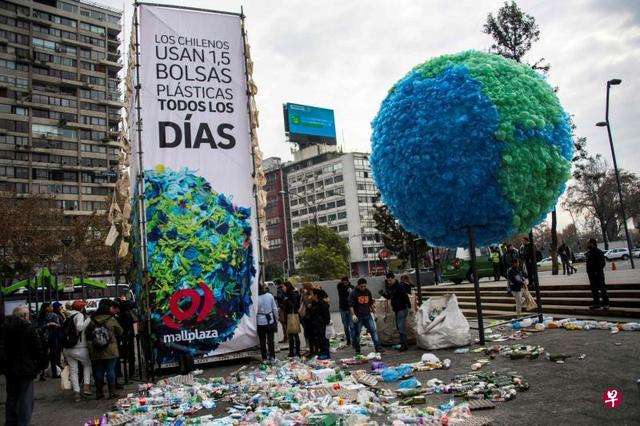宜家计划明年推出环保家具原型
塑料制品一直都是造成污染的主要源头之一,因为它虽然能适用于各个领域,但是难以降解,要处理不是容易的事情。

“Most of the waste just lands on the ground,” she says. “It makes its way into canals and out into the ocean. It's sitting outside in the elements. It's filled with mud, there's salty air, lots of sand-very different properties compared to what you might buy, for example, off the American recycled plastic market.”
她说:“很多废弃物都是被直接扔在地上的,它们最终会掉进运河然后流入海洋。它们可能带有各种元素,装满了泥巴,被含盐的空气侵蚀过,还有很多沙。它们的很多性质和那些你在美国塑料回收市场买到的塑料有很大差别。”
宜家在今年早些时候就已经承诺过2020前会停售一次性塑料制品,而现在,宜家也开始探索如何回收利用海洋里的塑料垃圾。
"We want to make sure that we test it all the way to make sure that it actually works, and not just look at the potential," says Lena Pripp Kovac, sustainability manager, Inter IKEA Group.
宜家集团的可是续发展经理 Lena Pripp Kovac 说:“我们希望对整个流程进行完整的测试,好确保整套方案是真正可行的,而不是仅仅看看有什么可能性。”
而宜家表示往后的新产品也会将可回收利用性列入考虑。
“It goes through all the steps - whether you can source it, whether the designer can use it, whether it fits all of our democratic design principles. That's what we want to test.”
“它们会经历所有的环节——这种资源能不能获取、设计师能不能用、它符不符合我们的全套民主设计准则。这些就是我们想测试的东西。”

"The key is for us as a society to see plastic as value, not as waste. Today everybody sees it as waste. How do we drive enough demand that people see plastic as value and not something that you want to throw away" says Jackowski.
Jackowski 说:“整个事情的关键之处在于,我们的社会应该将塑料视为财富,而不是废料,而现在所有人都觉得它们是废料。我们应该怎样创造出足够的需求来让人们把塑料视为财富,而不是一种看见就想丢掉的东西呢?”
"Plastic's a pretty amazing material. We've gotten a little carried away with it. So how do we put in the right processes in place in our society so that there's enough value that we continue to reuse it rather than create more?"
“塑料本身是一种很棒的材料,只是我们对它的处理方式有点走偏了。所以,我们应该如何在社会中的合适地方安放合适的环节来创造足够多的价值呢?我们需要让社会重复利用这些材料,而不是一味地制造新的。”


